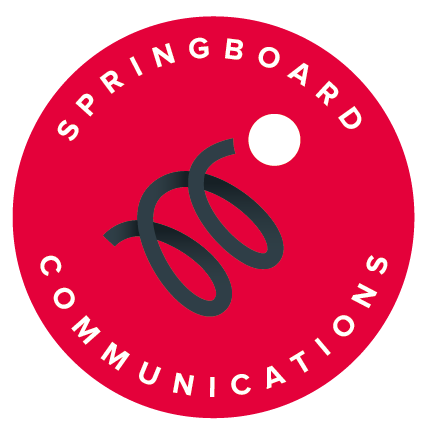
Introducing gamification to your marketing strategy – The basics
What is Gamification?
Gamification applies game mechanics to non-gaming activities. More marketers are incorporating gamification into their digital marketing strategy to create more fun and effective marketing strategies. Springboard PR & Marketing has put together this helpful guide to get you to grips with the basics.
Why should I use gamification?
Marketing is focused on driving consumers through the conversion funnel. Each and every marketing action undertaken aims to attract new consumers, nurture leads, convert into sales and generate continued loyalty. Gamification techniques are employed to drive this engagement. If you consider games such as Angry Birds or Candy Crush, you will see why marketers want to replicate these behaviours. Game mechanics drive engagement and motivate the consumer to move through the conversion funnel. Theoretically, gamification tactics can also create an emotional connection with the audience, and help to sustain a long term relationship by encouraging active and frequent participation and engagement.
What are gamification techniques?
Gamification techniques often include giveaways, competitions, games and prizes. Perhaps the most obvious example of gaming mechanics is the simple loyalty card. Consumers receive a reward for an action, which contributes to the achievement of a goal at the end. The sense of achievement paired with the added incentive of receiving, for example, a free coffee after buying nine more, helps to motivate them to continue to purchase the product in order to reach their goal.
What are the Pros of marketing gamification?
Gamification methods drive consumer engagement, reward consumers for their behavior and increase sales. It’s a win-win situation all around. Gamification marketing can be employed as a useful tool to improve consumer retention rates, allowing you to focus on consumer acquisition.
What are the Cons of marketing gamification?
When used improperly, gamification can be an expensive failure that can poorly impact on a brands’ reputation. Oftentimes, companies employ gamification marketing strategies without understanding their consumers’ behaviours. At worst, this can backfire and cause upset for current consumers and offend potential consumers, whilst at best, it will have no impact to motivate consumers to engage with the brand.
What steps should I take to introduce gamification to my marketing strategy?
- Firstly, you should understand your consumer. Know what motivates them and how to leverage this within your gamification technique.
- Any gamification technique should align itself with your current brand values and business strategy, it is a tool which you can employ to achieve real business goals.
- Your consumers should benefit from the gamification techniques you employ. If they are not properly rewarded for taking actions, they will be less inclined to do so in future, becoming disenchanted with the brand.
- Gamification techniques should align with your consumers’ behaviours and sustain that over a long period of time. Gamification techniques are least effective when used for short term consumer gratification, and most effective when used for long term engagement, which achieves long term business goals.
For more stories like this sign up for our Insights newsletter ›
BACK TO TOP









